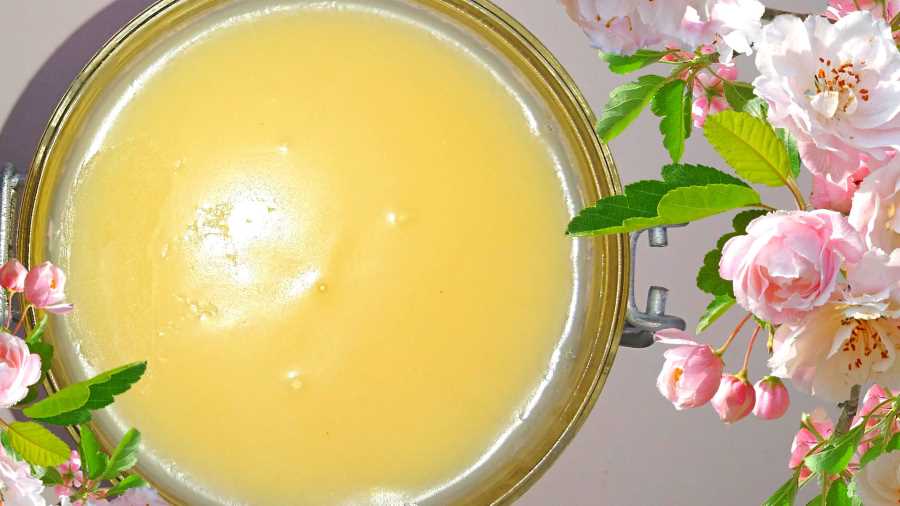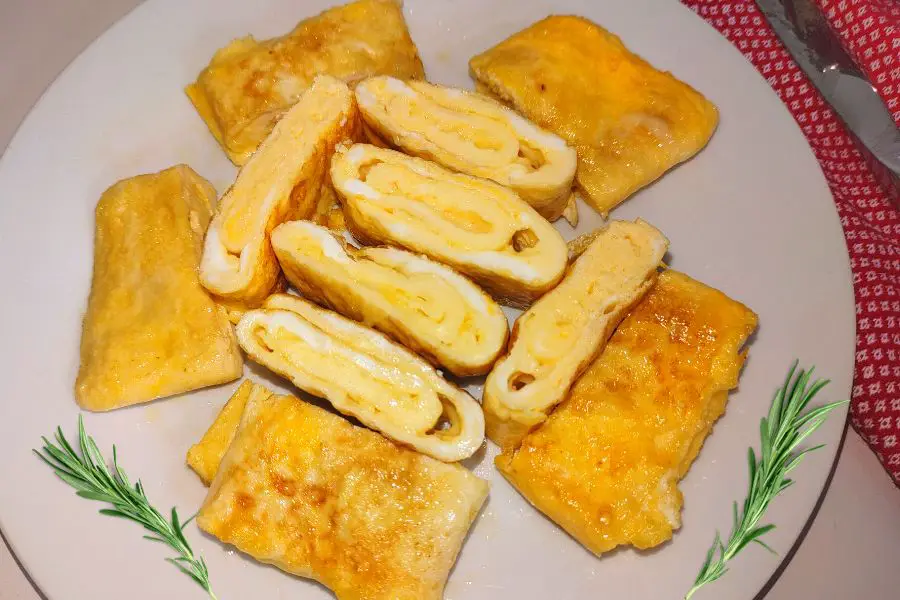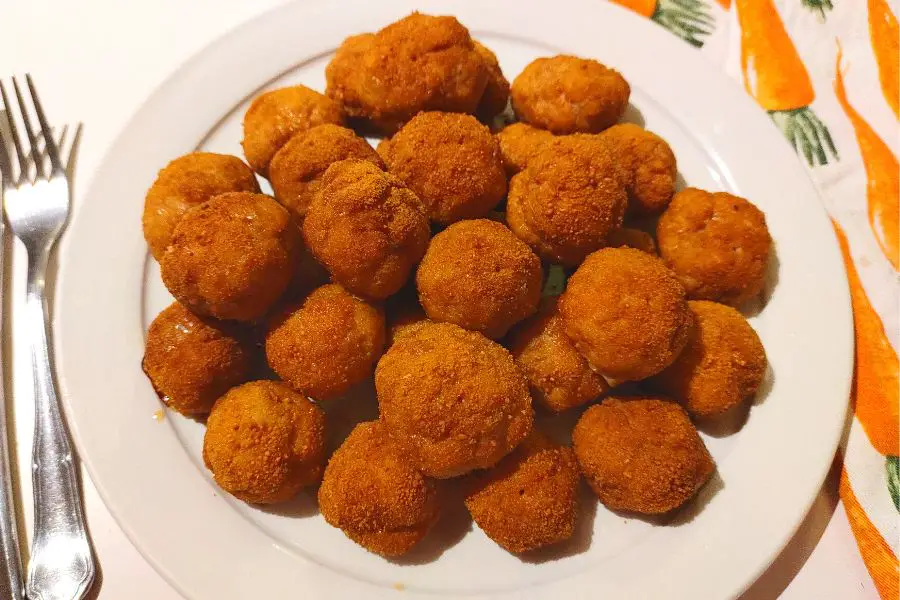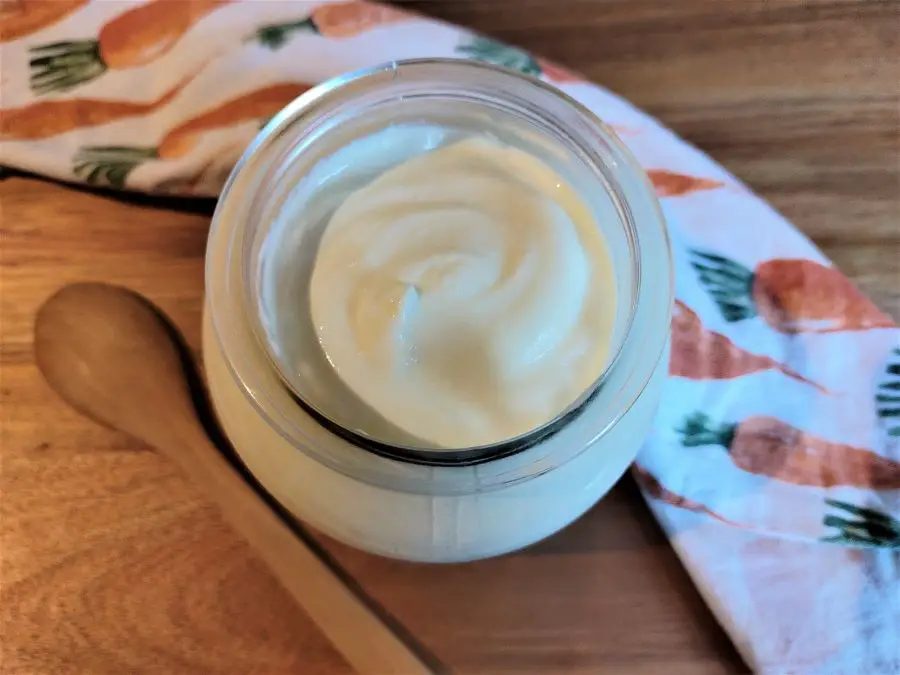This post shows you how to make tallow from beef, lamb, or mutton fat but you can also follow the instructions below to render pork, duck or chicken fat.
What is tallow?
Tallow is the rendered fat from beef fat, mutton fat or lamb fat.
However, commercial tallow can contain other animal fat like pig fat.
How to make tallow?
Step 1 – Cutting the beef fat into desired sizes
You can make tallow with as much fat as you like. However, if you are making it for the first time, one to two pounds is already aplenty.
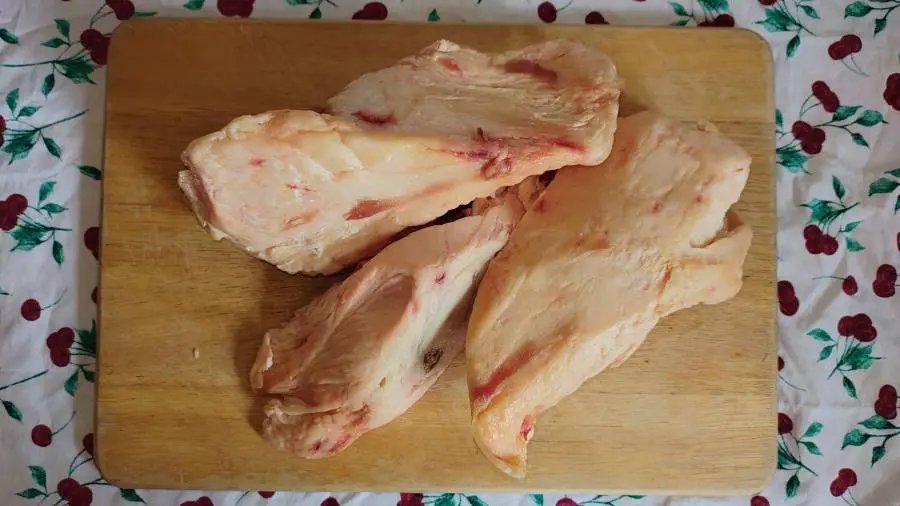
You generally don’t need to clean or rinse the fat you buy but, if you do, dry the beef fat or mutton fat completely to avoid splatter while cooking later on.
Cut the animal fat into desired bite sizes (e.g. one inch cubes). The smaller the pieces, the less cooking time you will need.
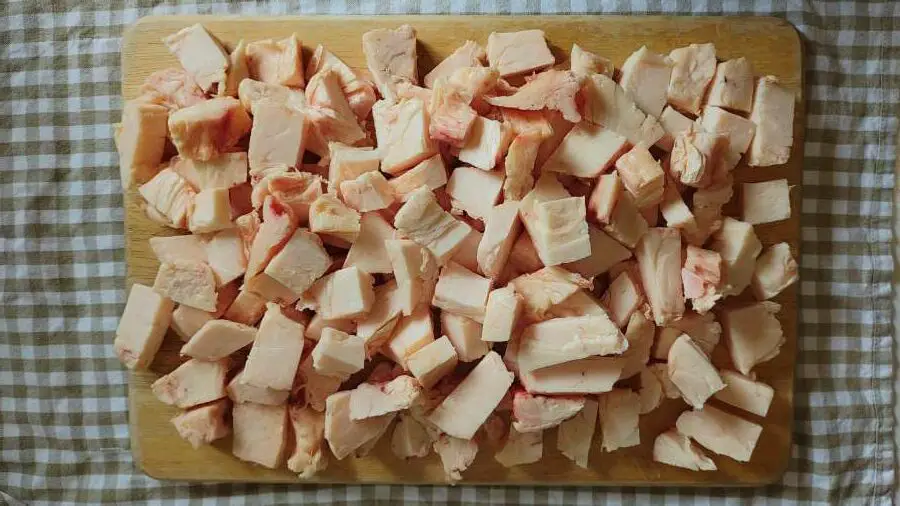
If you want to eat the fat chips later on, please remove all connective tissues because they will be quite tough and will affect the taste.
Sometimes you will find lumps of grey color in the fat, please remove those as well.
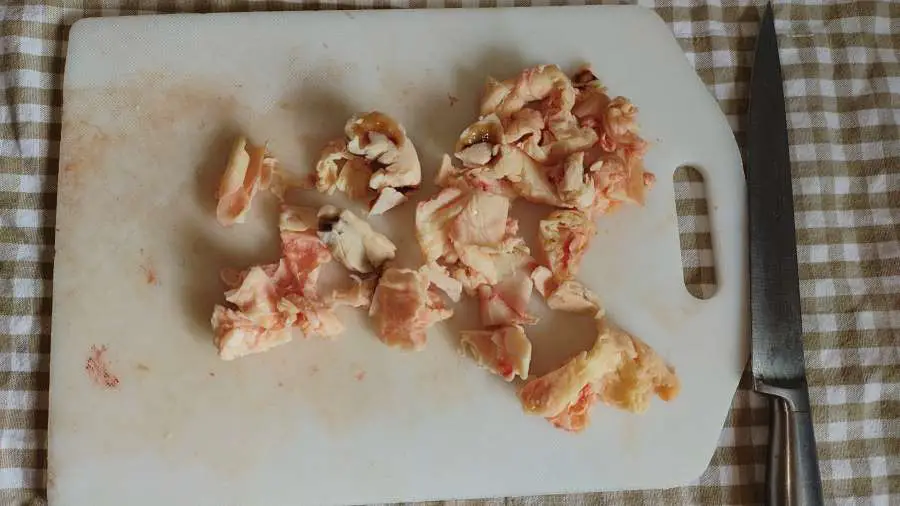
Step 2 – Rendering the beef fat on low to medium heat
Heat a large frying pan on low to medium heat (a skillet or a pot is fine too).
Add the fat pieces to the pan.
Simmer on low heat until the fat has melted and all the fat pieces have shrunk and turned golden and crispy. This usually takes about one hour.
You will need to stir a bit at the beginning but once there is sufficient liquid fat in the pan and the fat pieces can move around freely, you can stop.
The remains of the fat pieces are called fat chips, cracklings, greaves, or graves.
Step 3 – Filtering the rendered fat
Remove the fat chips with a slotted spoon. They can be a delicious snack.
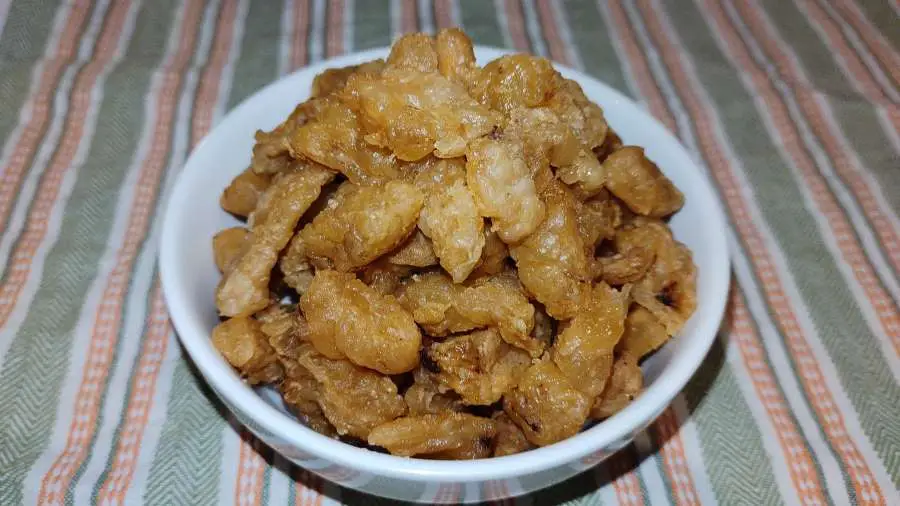
Wait until the liquid fat or tallow has cooled down a little (note: if you wait for too long and the liquid fat has already begun to solidify, it will be hard to filter out the tiny fat pieces).
Pour through a fine sieve into glass jars or glass containers to remove any remaining small bits of fat.
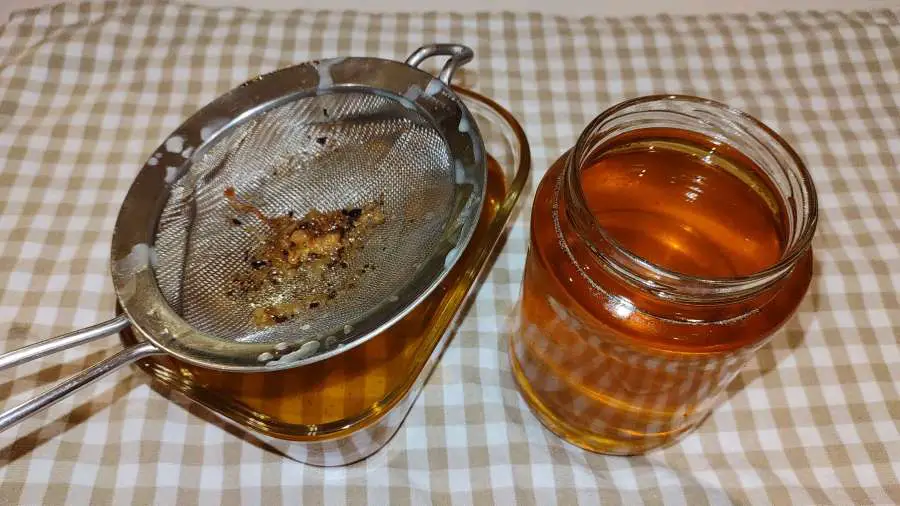
Wait for the tallow to cool completely before putting the lids on.
Tallow can be kept at room temperature for up to a year without going rancid. If you keep it in the fridge, it will last even longer. If you keep it in the freezer, it will last indefinitely.
This is because tallow is very high in saturated fats which are simple fat molecules that are completely saturated with hydrogen atoms. Because of their stable chemical structures, saturated fats are not prone to damage due to high-heat cooking, light exposure, or oxygen like unsaturated fats.
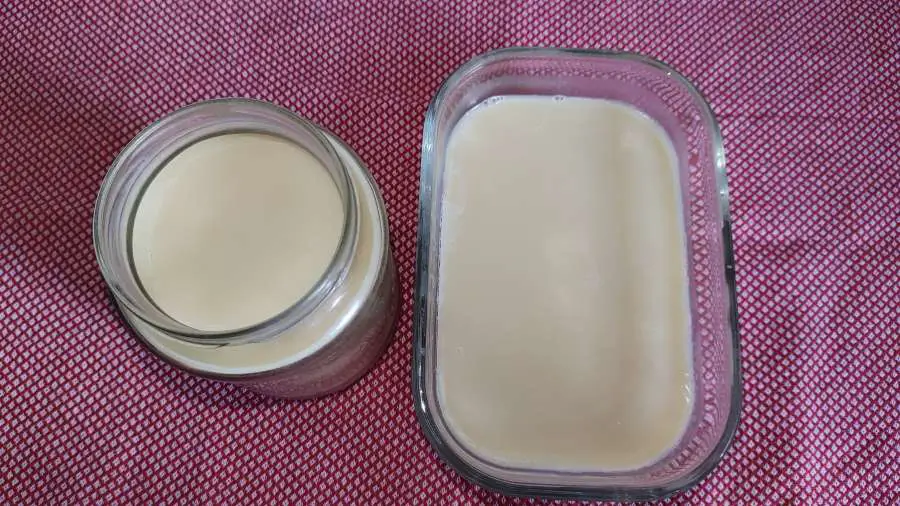
Step 4 – Purifying the tallow
If you intend to use the tallow for cooking, you don’t need to do this step.
But if you intend to use the tallow to make your own multipurpose cream or deodorant, purifying the tallow following the steps below will help remove the beef smell from the tallow:
- Pour the rendered fat (tallow) into a pot and add 2 liters of purified water and four tablespoons of salt per pound of tallow. Bring to a boil then simmer for half an hour
- Let the pot cool, transfer it to the fridge, and keep it there till the fat has solidified
- Remove the solid tallow from the pot and scrape off the brown bit at the bottom of the tallow chunk
- Repeat steps 1 – 3 one more time to get rid of any remaining impurities.
Using tallow on the carnivore diet
You can use tallow on the carnivore diet for making your own tallow-based moisturizer or natural deodorant that is free of all the nasty chemicals, cooking steaks, frying eggs, frying pancakes, making carnivore fish fingers, or simply adding a bit of melted tallow to a lean dish to increase your fat intake.
With the fat chips, you can use them as snacks or eat them with lean steaks and other leaner dishes to improve the taste and the fat intake in your diet.
Tallow made from beef fat, mutton fat, lamb fat or other ruminant fats is simply the best cooking oil to use on the carnivore diet because:
- Ruminants are better raised than pigs and poultry
- Ruminant fats have a lower level of polyunsaturated fats than pork and poultry
- Ruminant fats have better omega 6 to omega 3 ratio than pork and poultry fats.
Other posts you might be interested in:
References
What is Suet and Tallow: How to make, use, and store these Fat Powerhouses
Disclaimer: The information in this post is for reference purposes only and is not intended to constitute or replace professional medical advice. Please consult a qualified medical professional before making any changes to your diet or lifestyle. Please check out our disclaimer for more detail.

